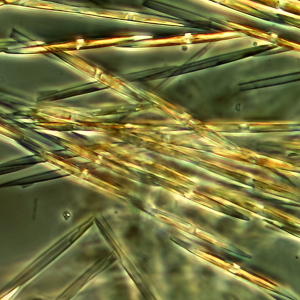
Monitoring, Controlling, and managing Harmful Algae Blooms in Aquaculture Farms in Fujairah City, UAE.
Aquaculture plays a crucial role in meeting the rising global demand for seafood. However, with the benefits of aquaculture come challenges, and one of the significant threats is Harmful Algae Blooms (HABs). Fujairah City, with its thriving aquaculture industry, is not immune to the impact of HABs. In this blog, we will delve into the importance of monitoring, controlling, and managing HABs in aquaculture farms in Fujairah City, emphasizing the significance of regular water sample collection.
Harmful Algae Blooms are rapid increases in the population of algae, often leading to the production of toxins that can be harmful to aquatic organisms, including fish and shellfish. These toxins can accumulate in aquaculture products, posing a risk to human health if consumed.
Effective monitoring is the first line defense against HABs. In Fujairah City, a comprehensive monitoring system has been established, involving collaboration between aquaculture farms, environmental agencies, and research institutions, continuous surveillance of water quality, including temperature, salinity, nutrient levels, and phytoplankton concentrations, is essential. One notable aspect of this monitoring initiative is the regular collection of water samples every two eeks. These samples are subjected to thorough analysis, including algae identification, and counting. This routine allows farmers to track changes in algae populations over time, enabling them to detect early signs of HABs and implement preventive measures promptly.
Once HABs are detected, immediate action is crucial to prevent their escalation. Implementing control measures involves a combination of physical, chemical, and biological approaches. Some effective strategies include Aeration systems, nutrient management, algaecides, and biological control. Aeration systems increase water circulation through aeration helps disrupt algal blooms and mitigate their impact on aquaculture. Nutrient management is controlling nutrient inputs, especially phosphorus and nitrogen, which can limit the growth of algae. This involves careful management of feed inputs and the use of nutrient-absorbing substances. Algaecides are in cases of severe blooms; the use of algaecides may be necessary. However, this approach should be employed cautiously to avoid harming non-target organisms and the environment, and biological control is introducing natural predators of harmful algae or beneficial microorganisms can help maintain a balance in the aquatic ecosystem.
Long-term management strategies are essential to minimize the recurrence of HABs. This includes choosing suitable locations for aquaculture farms, considering factors such as water quality and vulnerability to HABs, can prevent future issues, implementing as Integrated Pest Management (IPM) approach involves combining various preventive measures, monitoring, and control strategies to create a holistic and sustainable solution, and supporting ongoing research on alae species, their environmental triggers, and developing innovative technologies can enhance our ability to manage and prevent HABs effectively.
In conclusion, the aquaculture industry in Fujairah City faces the challenge of Harmful Algae Blooms but proactive monitoring, effective control measures, and sustainable management strategies, including the regular collection and analysis of water samples, can help mitigate their impact. By fostering collaboration between aquaculture farmers, environmental agencies, and researchers, Fujairah City can ensure the continued growth of its aquaculture sector while preserving the health of its aquatic ecosystems and the safety of its seafood products.
